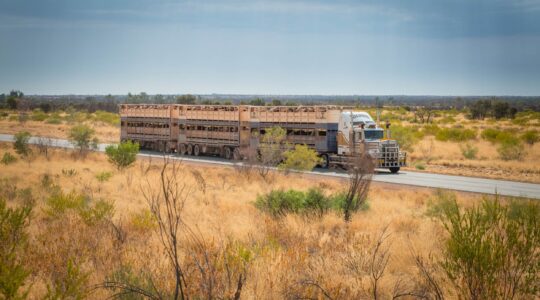By David Hughes
Federal Treasurer Dr Jim Chalmers has announced a significant shift in the Commonwealth Government’s approach to the so-called Div 296 tax on superannuation.
The proposed changes represent a move away from taxing unrealised gains and a refinement of how high-balance superannuation accounts will be treated. While this is a welcome move, there are still a number of issues that need clarification.
Under the original proposed Div 296 tax, for members with balances over $3 million, an additional 15 percent tax would be applied to the value of their total superannuation balance (TSB) over $3 million.
The most significant criticism levied is the fact that the proposed tax was not just on earnings and capital gains on assets that are sold, but also on growth in capital assets (i.e. unrealised gains).
The $3 million threshold was also not proposed to be indexed, which meant more Australians would have been caught by this net as their balances increased over time.
More concerningly, many in the industry viewed this proposed tax on unrealised gains as a precursor to more widespread adoption of this taxation approach. This would have resulted in many Australians having to fund tax bills without having the cash to do so, which rightly caused a great deal of angst in the community.
Changes announced on October 13, 2025 include:
1. Removal of the unrealised capital gains tax: taxpayers will no longer be taxed on the unrealised increase in value of capital gains tax assets. Tax will only be imposed on the sale of an asset or on income.
2. New high-balance rate: a new two-tier system will be introduced:
– for balances above $3m but under $10m, the Government will proceed with an additional 15 percent tax applied to the value of the TSB over $3 million (i.e. the existing 15 percent plus an additional 15 percent); and
– for balances over $10m, a further 10 percent tax will be applied to the value of the TSB over $10m (i.e. 40 percent total).
The Treasurer subsequently announced on October 17 that the higher superannuation tax will be payable on capital gains that accrue from July 1, 2026 (i.e. capital gains accrued before July 1, 2026 will continue to be taxed at the lower rate). It was also announced that the CGT discount for superannuation funds will be available for superannuation funds with a TSB over $3million.
3. Deferred start date: commencement of the new rules has been delayed by one year, now applying from July 1, 2026.
4. Indexation: the $3m and $10m thresholds will now be indexed, in the following increments:
– $150,000 for balances between $3m and $10m; and
– $500,000 for balances over $10m.
Although welcome, the Government’s decision to walk back elements of its proposed superannuation tax reforms is not comprehensive, nor is it set in stone – or superannuation legislation.
The Department of Treasury fact sheet indicates that the current iteration of the reform is still subject to superannuation sector feedback and consultation.
– David Hughes is a Partner at McCullough Robertson Lawyers. His an Accredited Tax Law Specialist and Chartered Tax Adviser . He has over 25 years’ experience acting for taxpayers of all types including individuals, SMEs, and listed and unlisted public companies across all aspects of tax law.








